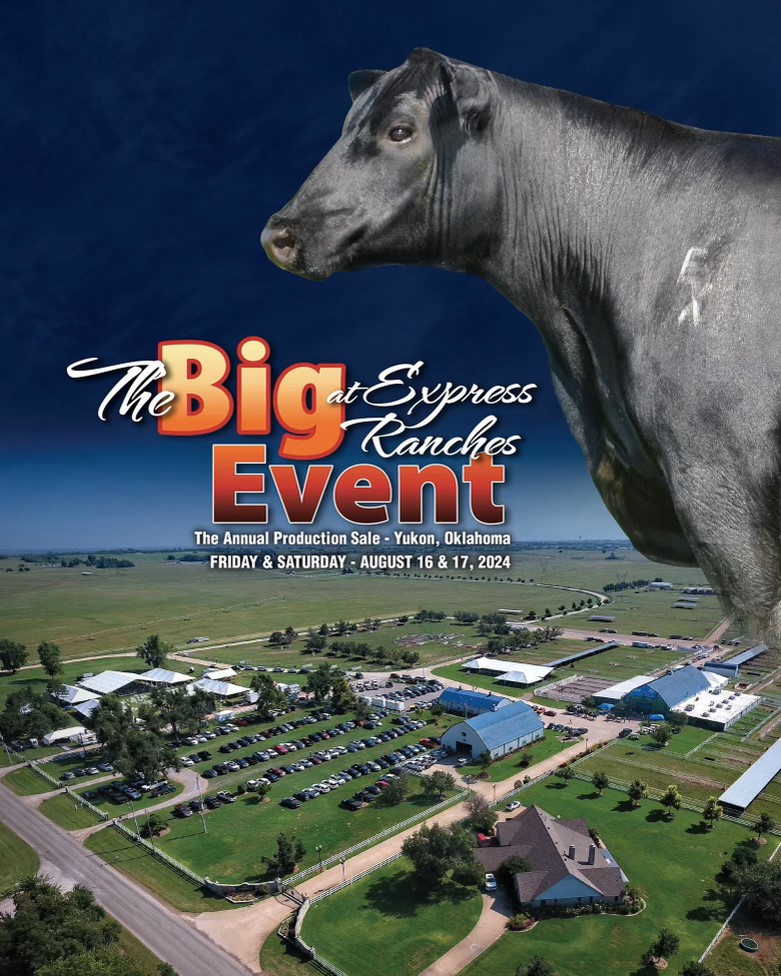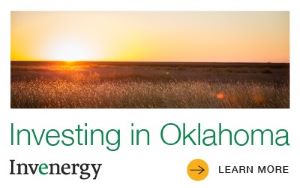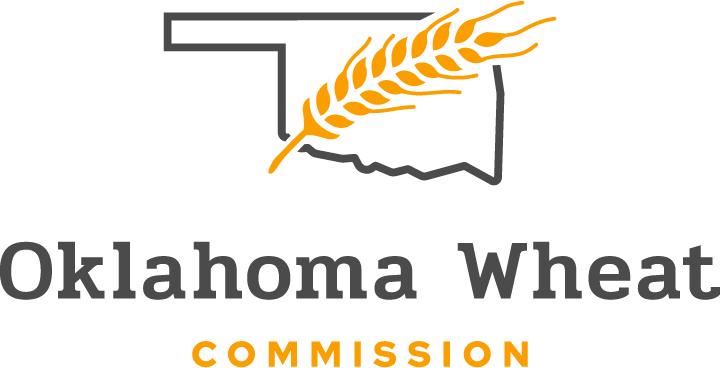
Agricultural News
Feeder Market Ignites on Improved Wheat Pasture
Mon, 05 Dec 2011 13:00:25 CST
 Wheat is an amazing crop-which is why we grow it in Oklahoma. According to Dr. Derrell Peel, Oklahoma State University Extension Livestock Marketing Specialist, given the slightest opportunity, wheat responds very well under adverse conditions. In late October, the prospects for wheat pasture seemed all but lost with most wheat planted late and dry. It was noted, however, that with timely rains, a decent wheat crop could still develop. November turned out to offer almost ideal temperatures and a series of rains that were for the most part, exactly when and where needed. As a result, wheat has established, not only a good stand from a grain crop perspective but has grown rapidly and will provide some grazing in December across a wide swath of central Oklahoma.
Wheat is an amazing crop-which is why we grow it in Oklahoma. According to Dr. Derrell Peel, Oklahoma State University Extension Livestock Marketing Specialist, given the slightest opportunity, wheat responds very well under adverse conditions. In late October, the prospects for wheat pasture seemed all but lost with most wheat planted late and dry. It was noted, however, that with timely rains, a decent wheat crop could still develop. November turned out to offer almost ideal temperatures and a series of rains that were for the most part, exactly when and where needed. As a result, wheat has established, not only a good stand from a grain crop perspective but has grown rapidly and will provide some grazing in December across a wide swath of central Oklahoma.
The results were obvious immediately after Thanksgiving with an $8 to $12/cwt. jump in stocker cattle prices. This market strength is the result of unexpectedly strong demand combined with limited numbers of available lightweight cattle. Last week's federally reported feeder cattle auction total was down 25 percent from the same week last year. The year to date auction total for feeder cattle is equal to year ago levels but since November 1 has been down nearly 9 percent from last year. The drought resulted in marketings of feeder cattle earlier than usual in the fall.
This latest market jump has pushed up lightweight feeder pries relative to heavy weight feeders, which changes the stocker potential somewhat. There is a higher roll-back in prices up to about 600 pounds (for steers), with a much flatter price line for heavy weight feeders. This means that the potential value of gain depends on what weight you begin with and how much total gain before the animals are sold. For example, using last week's auction average prices, a 423 pound steer has a value of gain of $0.81/pound for 200 pounds of gain. This increases to $0.94/ pound of gain if the 423 pound steer is sold at 832 pounds. This means that the value of gain is higher for the second two hundred pounds compared to the first two hundred pounds of gain. Indeed, a 623 pound steer has a value of gain of $1.06/pound for 200 pounds of gain.
This suggests different stocker strategies depending on available production alternatives. Late-started winter stockers will have a limited grazing season for dual-purpose wheat systems. The winter grazing season may be limited to 65-75 days which could limit stocker gains to around 150 pounds. In this situation a heavy stocker, say 625 pounds, may offer a significantly higher value of gain than a more traditional light stocker. Based on last week's prices, the value of gain for a 623 pound steer is 50 percent better at $1.12/pound of gain than a 423 pound steer at $0.74/pound. Conversely, if stockers will move into grazeout wheat or utlize other forages after early March and can be retained to heavier weights, the light beginning weight may be preferable.
Risk management should not be overlooked. Feeder futures offer an opportunity to lock in good value of gain and reduce market risk. Although the market fundamentals suggest relatively little downside risk, one must remember that the drought is not over and dry conditions next spring could impact feeder markets in the region. In most cases, the futures market offers a better value of gain than suggested by the current cash market. The 423 pound steer, with an average March basis of $18/cwt, implies a price of $165/cwt. for steers at 575 pounds (March Feeder futures are currently about $147/cwt.). This implies a value of gain of $1.02/pound, even for a short winter grazing season. In a market with more upside potential than downside risk, minimum price strategies are preferable to fixed price strategies. If fixed prices with a hedge or forward contract are the best or only alternative available, producers should evaluate the overall risk and consider if less than 100 percent of animals should be covered with a fixed price, thus leaving some percentage open to capture expected market upside.
Our thanks to Dr. Derrell Peel for providing this article over feeder markets. This article was part of the Cow-Calf Corner Newsletter which is sent out by Dr. Peel and Dr. Glenn Selk on most Mondays.
WebReadyTM Powered by WireReady® NSI
Top Agricultural News
More Headlines...




















